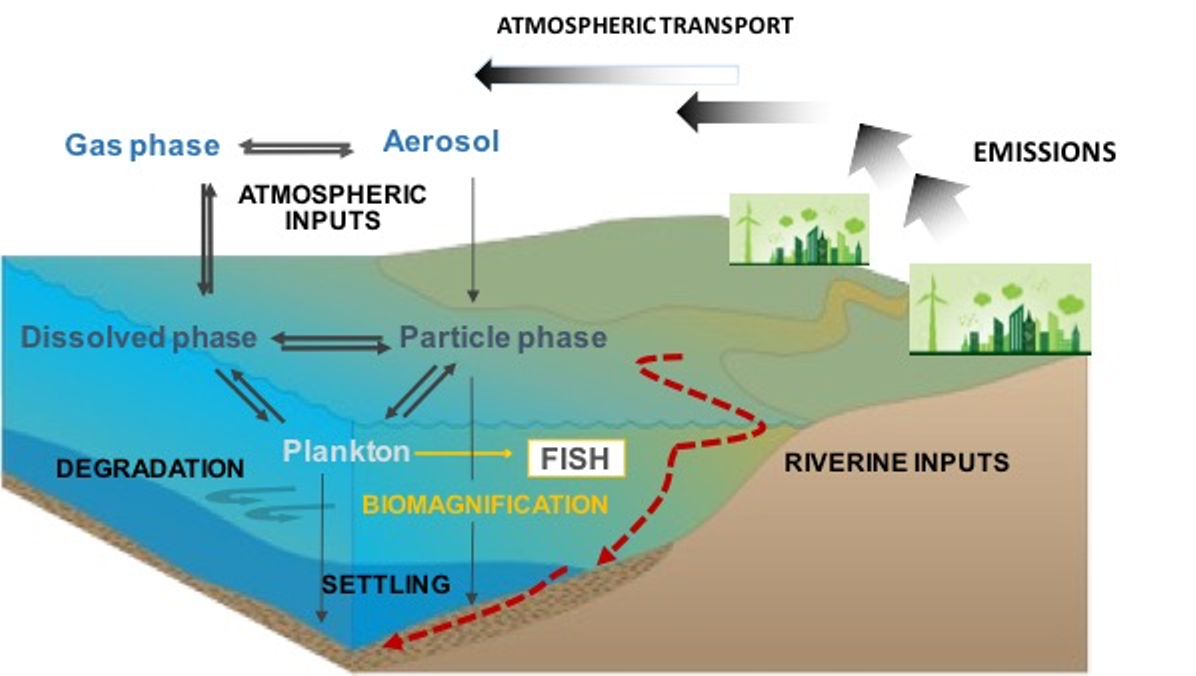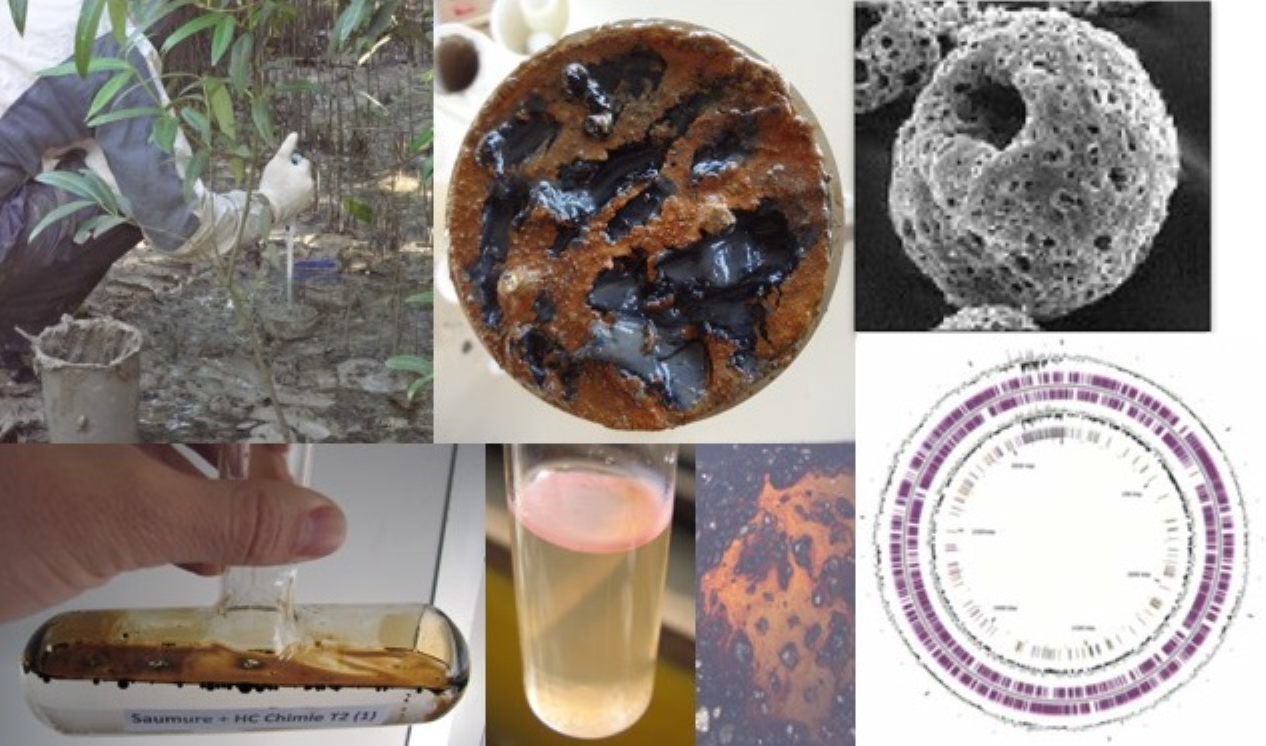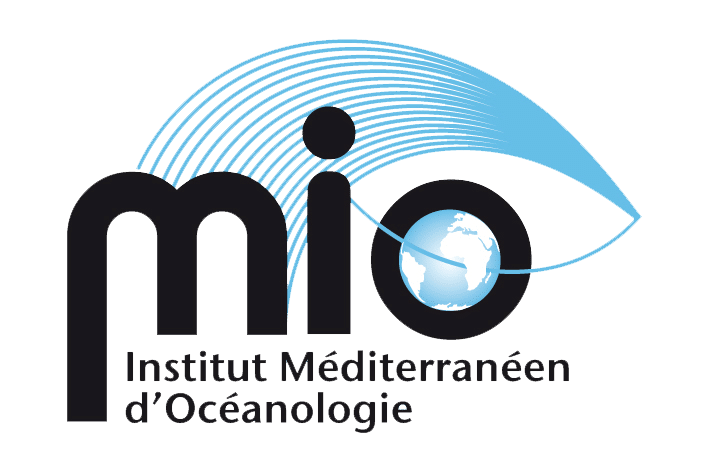Contact : Philippe Cuny
Context and issues
Marine ecosystems are subject to and impacted by multiple inputs of organic and inorganic contaminants (Millennium Ecosystem Assessment, 2005). This is particularly the case in coastal areas due to the growing development of human populations and the development of anthropogenic activities (e.g. industries, transport, urbanisation) (Gavrilescu et al., 2015). A great diversity and quantity of compounds will chronically or accidentally enter the marine environment, such as trace elements (Ets) (As, Ag, Cd, Cu, Hg, Pb, etc.) or persistent organic pollutants (organochlorine pesticides, polychlorinated biphenyls, certain polycyclic aromatic hydrocarbons, etc.).
This is also the case for many other so-called emerging chemical contaminants, whose potential exposure routes and toxic effects are little or unknown (phthalates, sunscreens, pharmaceuticals, flame retardants, etc.) (Hutchinson et al., 2013; Castro-Jiménez et al., 2014; Jiang et al., 2014; Birch et al., 2015; Net et al., 2015).

Understanding the biotic and abiotic processes that govern the dynamics of contaminants and the consequences of their presence in marine environments is therefore an area of major scientific and societal interest (e.g. the impact of pollutants on marine organisms and ecosystem functioning, the transfer of contaminants between abiotic compartments or to/in trophic networks, and the bioaccumulation of certain contaminants in exploited species - Vandermeersch et al., 2015).
The aim of this challenge is to promote and develop the multidisciplinary approaches needed to understand the complex and multiple processes that determine the fate and effects of contaminants in the marine environment (e.g. Cuny et al., 2011).
Scientific objectives
The scientific objectives, focused on model contaminants (e.g., ETs, phthalates, organophosphate flame retardants, hydrocarbons, etc.), include :
- Determine contamination levels and contaminant flows between compartments;
- determine the biotic and abiotic processes governing their transfer, bioavailability, (bio)degradation/(bio)transformation and bioremediation;
- study the mechanisms of bioconcentration-bioaccumulation-bioamplification of contaminants within food webs;
- integrating/developing models of contaminant dynamics and dispersion in marine ecosystems.
In addition, this challenge will also focus on assessing the effects of contaminants (pollutants) on marine ecosystems (i.e. impact on biodiversity, population and community dynamics) and will therefore be correlated with SUMMER.
Directly linked to OBSERVATION and AGIR, it will enable the development of quantification and monitoring strategies, and will also provide conceptual elements for the development of (bio)indicators for environmental management purposes.





